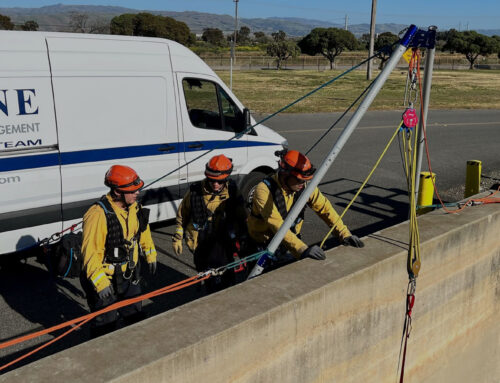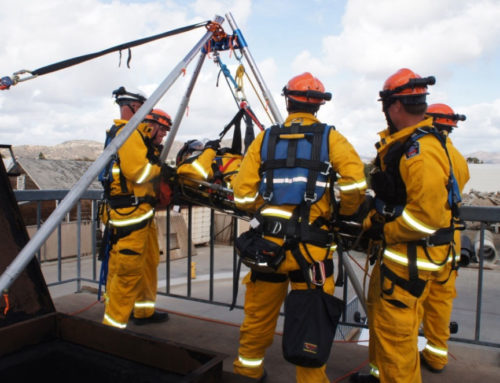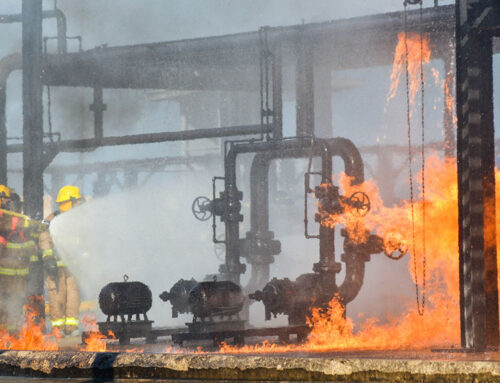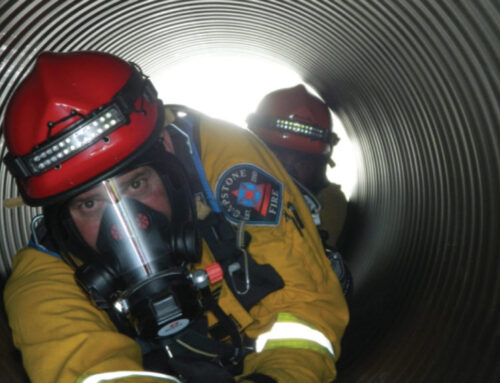This is a continuation of the previous article, Hostile Environments and OSHA: Accountability for Worker Safety.
This part of the article will explore resources available for the employer preparing for types of hostile environments.
Prevention Techniques
Prevention techniques for workplace violence can vary depending on the situation. Each scenario can lead to a variety of hazard control techniques by the employer or individual employee. The employer relying on calling “911” ONLY, will not adequately protect their workers from a known and recognized hazard that can cause or likely cause death or serious physical harm.
Organizations must develop an Emergency Action Plan (EAP) and a Fire Prevention Plan (FPP) per the existing OSHA guidelines. These plans are in place to visualize an emergency before it happens and provide detailed roles and procedures to evacuate the workplace or field activities safely.
Emergency Action Plan
An emergency action plan works in conjunction with alerting the emergency service personnel to respond to events causing a condition that is Immediately Dangerous to Life and Health (IDLH). This EAP must be a written document for workplaces employing more than 10 workers. Smaller workforces must still have a plan, but it can be implemented verbally.
Minimum requirements for an EAP are as follows (OSHA, 2018):
- How must the employees report a fire or other emergencies?ojj
- What are the procedures for evacuation and which routes must be taken for the safety departure?
- What are procedures for employees who must remain onsite to shut down critical equipment before they evacuate?
- An accounting method for all workers upon completion of evacuation procedures
- Duties assignment for rescue and medical personnel within the company
- Name or job titles for contact person(s)
Additionally, the following considerations, which are not mandated by OSHA, are useful for emergency procedures:
- What alarm systems are in place and what do they sound like when engaged?
- Who are responsible for notifying and assisting disabled workers?
- What are the available communication means and what will be the alternative communication method?
- Are there secure on-site and off-site locations for data, legal documents, and other essential records?
- What team is responsible for implementing the plan and updating when necessary?
Modern Emergency Action Plans must adapt to the new hazard of workplace violence, terrorism, and active shooters. Employers must have a plan for such events to avoid or minimize the effect of the actions. The employees must be made aware of when it is appropriate to shelter-in-place, fight or flee.
Acts of terrorism for employers pose many new questions to be addressed for an emergency action plan, such as but not limited to:
- What are the organizations’ policy and procedures regarding active shooters and terrorist attacks?
- How do we evaluate, analyze, and improve our policies?
- What are techniques and tactics used to combat these threats?
- Can we use robotics as an engineering hazard control for counter-terrorism?
- What new training should the employee first responders have for counter-terrorism?
- Does the organization have business continuity, crisis communication, and disaster recovery plans?
Fire Prevention Plan
A more common form of emergencies is a workplace fire spreading beyond the ability to use a portable fire extinguisher. The FPP is also a written program detailing how a business will prevent, fight, or flee from an active fire. OSHA requires businesses with over 10 employees have a written FPP and smaller employers to have a verbal plan.
The FPP must have the following requirements as a minimum (OSHA, 2018):
- A list of all major fire hazards, proper handling and storage procedures for all facets of working with fire hazards
- Procedures for controlling the buildup of flammable and combustible materials
- Procedures denoting how safeguards for installed heat-producing equipment will be maintained to prevent accidental fires
- Name or job title of the person(s) responsible for controlling and preventing ignitions or fires
- Name or job title for employees responsible for the control of fuel sources.
The development and implementation of both the Emergency Action Plan and Fire Prevention Plans are important regulations for the employer. Moreover, workers must be trained on both plans before they begin work exposing them to the hazard, periodically, and when their roles change regarding the hazard or plan.
Reference our site safety officer services who can help you with an Emergency Action Plan (EAP) and Fire Prevention Plan (FPP), and contact us if you’d like to discuss further.






